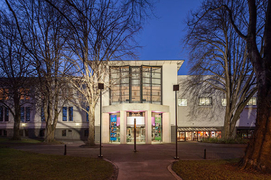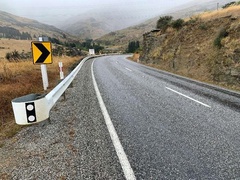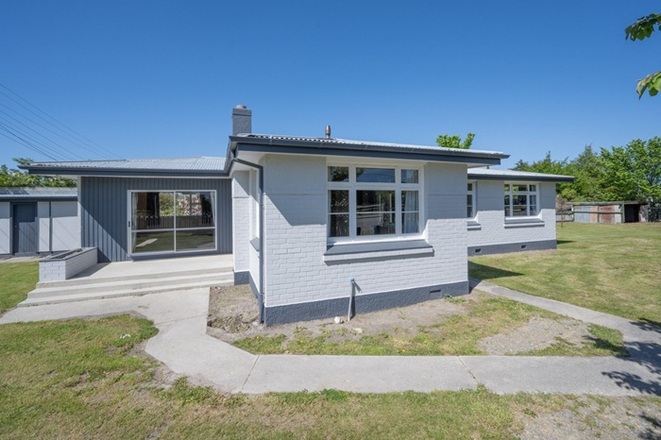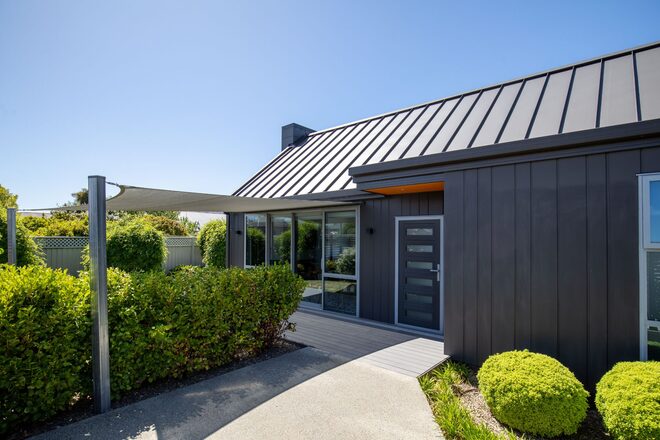Central Otago, Queenstown Lakes still waiting on access to free radiology funding
Aimee Wilson
21 November 2024, 4:05 PM
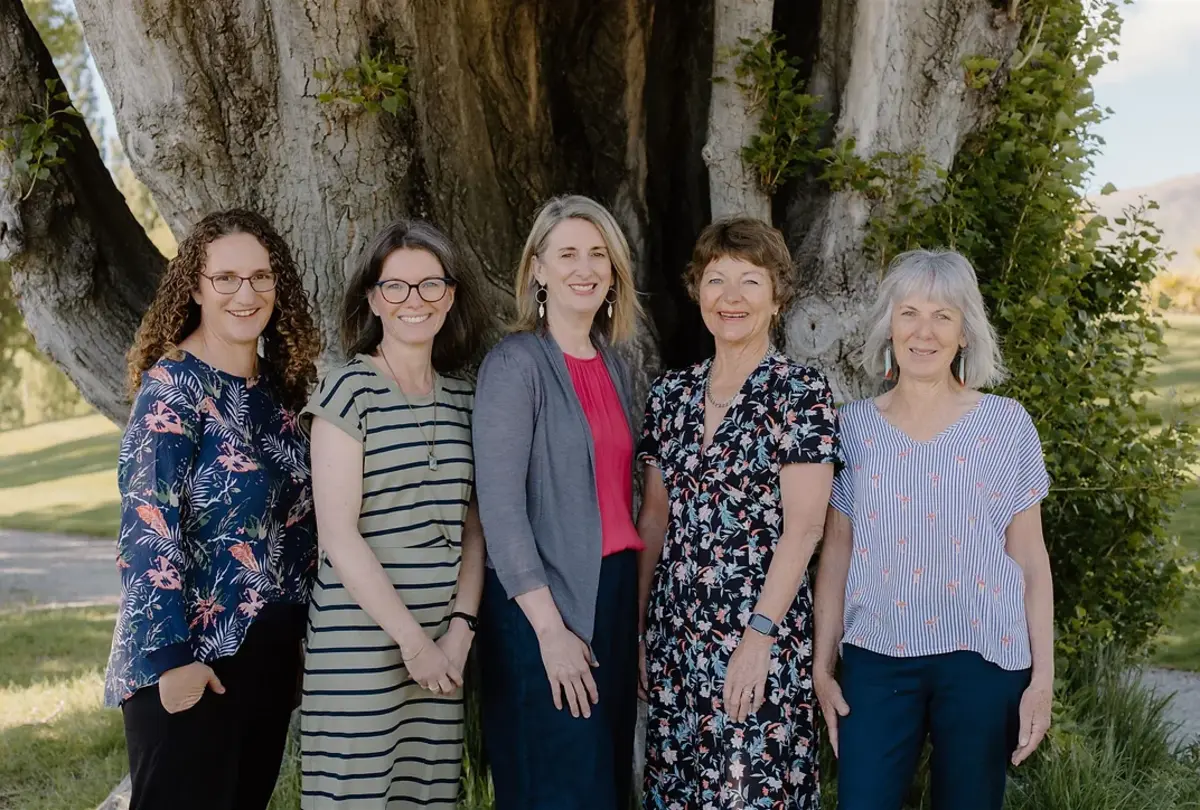 Health Action Wanaka group members (from left), Lucy Middendorf, Nicky McCarthy, Monique Mayze, Bridget Loughnan and Trish Fraser PHOTO SUPPLIED (NAT SYMONDS)
Health Action Wanaka group members (from left), Lucy Middendorf, Nicky McCarthy, Monique Mayze, Bridget Loughnan and Trish Fraser PHOTO SUPPLIED (NAT SYMONDS)Community-led advocacy group Health Action Wanaka continues to fight for the Southern health region to be prioritised in the roll-out of the new $30 million radiology funding.
Announced by Health Minister Shane Reti in June, the group was disappointed to learn the funding for free access to radiology services for diagnostic imaging was not yet confirmed for Central Otago and Queenstown Lakes - but had already been prioritised in the North Island.
Patients were often having to travel hours to Dunedin from Central Otago and Wanaka often just for a 10 minute appointment with a specialist.
The funding would mean local GPs could refer patients to radiology services directly, thereby reducing the need for people to have to travel to the city.
A response from Te Whatu Ora Health New Zealand to Health Action Wanaka last month said the initial focus was to develop the nationally consistent aspects of the service and to further understand the current regional state before the rollout commenced.
Health Action Wanaka steering committee chair Monique Mayze said in the group’s latest newsletter, given funding had already been rolled out in Wellington and the Hutt Valley, “it does beg the question as to why the rollout was started without knowing how the rollout would proceed, how much would be invested in different regions, or what the rollout priority would be?”.

New $30 million radiology funding would mean Central Otago residents could have free diagnostic imaging at Dunstan Hospital rather than travelling to Dunedin. FILE SHOT
Supported by local MPs Miles Anderson and Joseph Mooney, the letter to Minister Reti outlined the healthcare inequity the district faced, and the advocacy group questioned what it would take for inland Otago to be prioritised.
The response from Health NZ group manager planned and unplanned care - Living Well commissioning group Tim Wood said the funding would primarily be used to meet the costs of those facilities which undertook the imaging.
The implementation was planned to take place over the next two years with a view to being fully implemented by July 2026.
He said if GPs had access to imaging, they would be equipped to make more informed diagnoses allowing more expeditious management of patents, which may also reduce pressure on secondary services.
Monique said there were a number of metrics that demonstrated the inequity in access to health services in many parts of the Southern health region, and which underlined why our region was deserving of prioritisation in the roll out of the radiology funding.
Large areas of the Southern region were underserved by secondary outpatient and specialist healthcare, particularly maternity, paediatric, chemotherapy and radiology, palliative care, community pharmacists, aged care, and mental health services.
Have a story to share?
Contact [email protected]
NEWS
